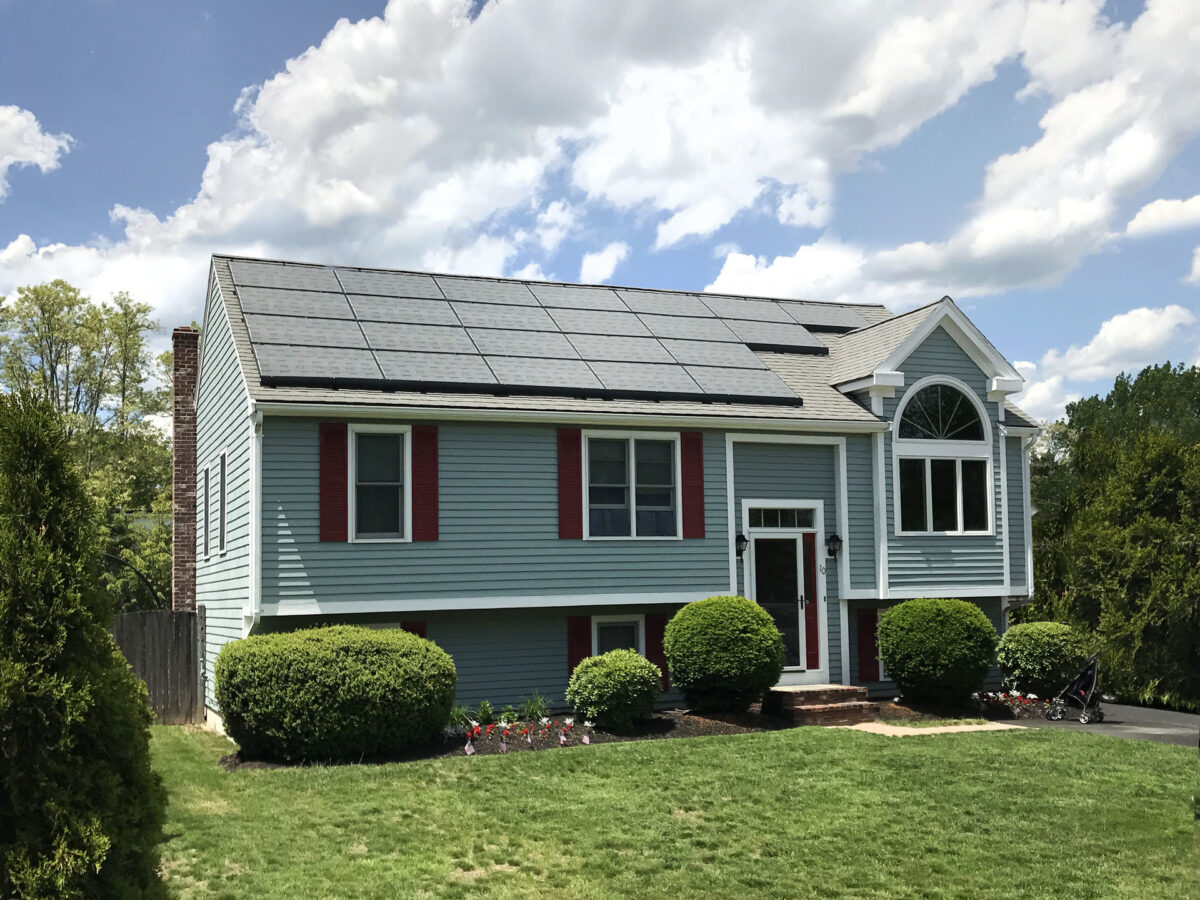Electricity rates have risen steadily over the past decade, increasing by 2.5% per year, according to the Energy Information Administration (EIA). Solar installer SunPower released a report tracking these changes and showing how solar may offer price stability under uncertain utility rate environments.
In 2022, EIA reports retail electricity rate increases averaged 7.5%, marking a difficult year for ratepayers in U.S. In August 2022, 11 states had electricity rates that were 20% higher than August 2021 rates.
The increase moved along with a global trend of rising energy costs and demonstrates what little control utility ratepayers have over their energy costs. Adopting residential solar is one way U.S. homeowners are exercising control and increasing predictability for their bills.
Based on EIA data, SunPower shared that the top three states that have suffered the most from rate increases over the last decade are California, Maine, and Massachusetts. In California, rates have risen 78% since 2012, moving from $0.15 per kWh to $0.27 per kWh over that time. At this rate of increase, Californians could be paying as much as $0.33 per kWh for electricity. Massachusetts residents may pay the highest rates in the nation if rates continue to increase as precipitously as the last decade, with SunPower projecting a potential rate of $0.342 per kWh based on EIA data.
Residential solar can offer a different path. Whether purchased upfront, financed through a loan, or sold as a third-party owned power purchase agreement, the solar agreement transparently maps out the cost for power provided by the array over the next 20 to 30 years. Meanwhile, one may wonder, where will utility rates be in 30 years?
Solar adoption has risen steadily over the past decade as homeowners look for alternatives to centralized utility bills with unpredictable rates. California has led the way, and produces about 39.3% of residential solar energy in the U.S. In 2018, California mandated that all new single-family homes and multi-family dwellings up to three stories high must be built with solar panels. The law was implemented in 2020 and is expected to drive rooftop installations for years to come. California is followed by New York as a distant second, producing 6.1% of all residential solar generation in the U.S., and Arizona takes the third place slot with 5.9%.
SunPower also modeled the states for potential year-one solar savings using its SunPower Residential Solar Power Calculator. It used three randomly selected addresses for each state — one with no shade, one with a low shade level and one with a high shade level. For all addresses, the report assumed no use of an electric vehicle and the use of solar energy for 80% of the residence’s power.
Michigan ranked first for potential savings, with an average potential year-one savings of $2,230, based on an average monthly bill of $109.86.
Next came Hawaii, a leading adopter of residential solar. Based on an average monthly bill of $162.66 in Hawaii, SunPower estimates year-one average savings potential of $1,623.
Residents of Connecticut are estimated to have an average year-one savings of $1,433 based on a $161.55 average monthly bill. While year-one savings are helpful, the increased visibility of electricity costs gained from adopting a solar contract can be a benefit in the face of uncertain and increasing utility rates.
Home value may increase with a purchased home solar array as well. Rocket Mortgage, one of the largest home mortgage providers in the U.S., reports that home listings with solar are 24.7% more likely to sell over ask and spend 13.3% less time on the market. Zillow reported that solar can add an average of 4.1% to a home’s value. For example, the average home in New York is valued at $408,833 and could be worth $425,595 once it has solar.
Curious to learn more about residential solar? Read pv magazine USA’s Solar 101 series, our review of the longevity of key components like solar panels, inverters, and home batteries, and our ongoing review of solar progress and incentives across the 50 states.
This content is protected by copyright and may not be reused. If you want to cooperate with us and would like to reuse some of our content, please contact: editors@pv-magazine.com.









We are 100% solar and have been for over two years. Only two times since October of 2020 have we paid anything other than the meter charge, which is under $20 per month. Our calculated average monthly savings are $156.25. Paid cash for the entire system, including generator and battery back up. Going forward, I figure I can always come up with $20.00 per month for the meter charge. To come up with $150 plus per month for electric costs? Not so predictable.